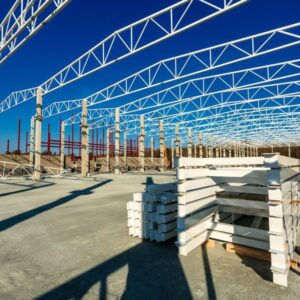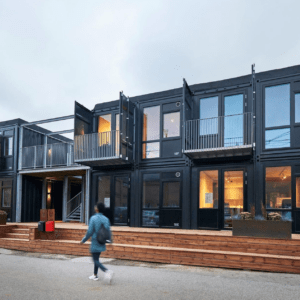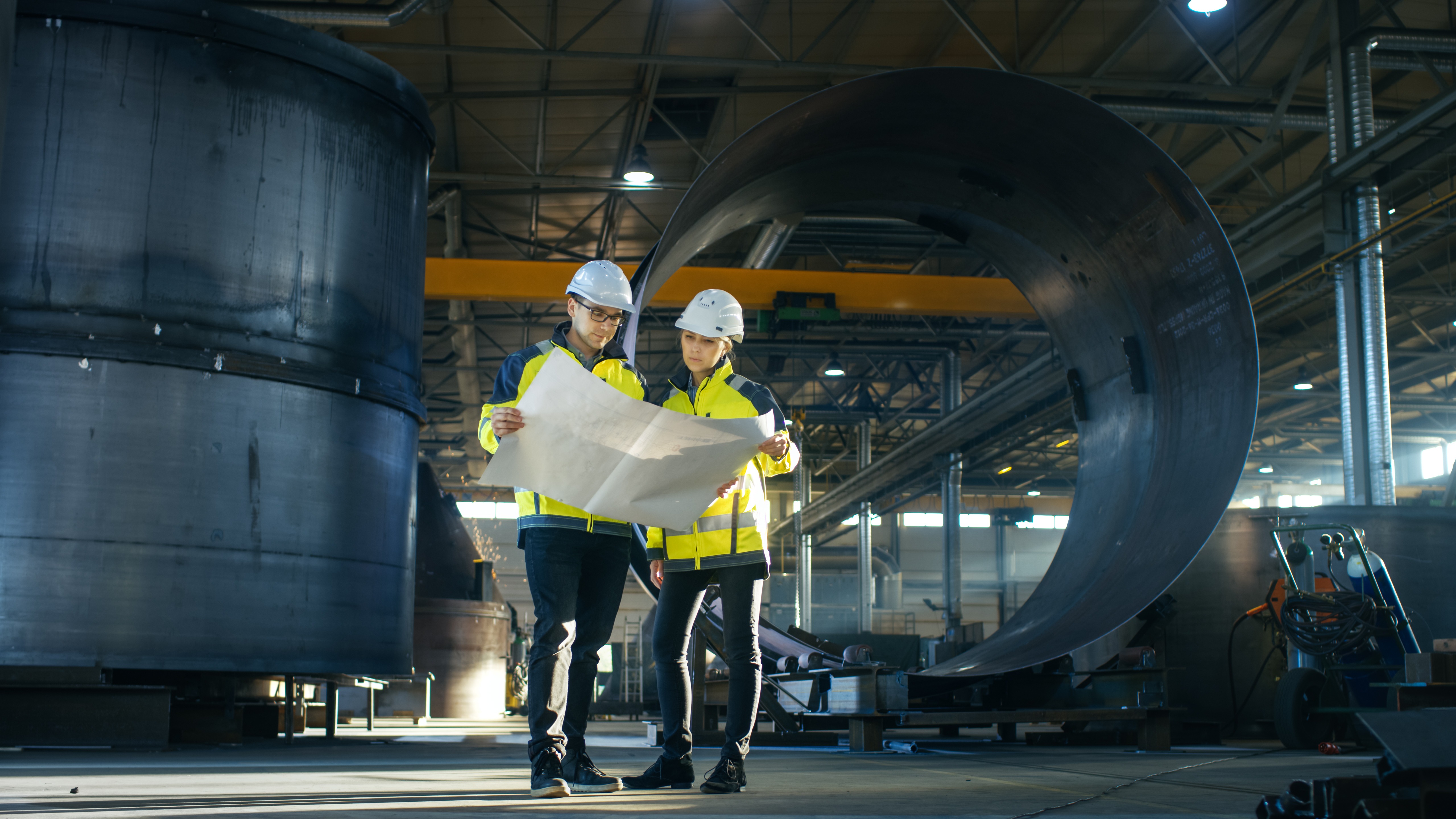Structural steel manufacturing is a process of manipulating the shape of a steel as a material to generate various products for different purposes. In the majority of use cases, the structural steel manufacturing process uses multiple steel pieces to form various end products used for building assembly, industrial equipment, and many other use cases.
The history of metal fabrication
Metal fabrication as a whole was invented a long time ago, as far as ancient times when copper was deformed using the combination of heat and brute force to create all kinds of useful objects. Some time after that, copper was replaced with bronze to create weaponry, armor, metal money, and so on.
Right after that, a so-called “bronze age” was replaced by the “iron age”, celebrating the popularization of iron-based contraptions. While it is true that blast furnaces were first created as far as the 6th century B.C., they only became relatively popular during the middle ages. For example, blast furnaces were widely used in Europe to create cast iron for weapons, tools and other appliances.
The increase of urbanization in Europe, as well as the industrial revolution, successfully managed to replace cast iron with fabricated steel as a better material in several different senses.
How structural steel is made
The structural steel can be created by heating up iron and adding specific ingredients to it – this is the short version of this process. The long version would have to include multiple different steps – starting with raw iron as the main ingredient.
It is quite difficult to find pure iron in nature, as a whole – the most common combination is iron and carbon. This process has to remove a part of the carbon, but not the entirety of it – this makes the entire process a bit more complicated than it could have been.
The first step of this process should be the preparation, in which the raw iron ore gets crushed. After that, the ore in question is sorted using one of many refining processes. The purpose of all these processes is more or less the same – to sort out the best iron grades, with the regular quality threshold being around 60%.
The blast furnace is then loaded with the sorted part of the ore (it is loaded from the top), and the hot air is then blown to that same blast furnace from the bottom. This initiates a reaction, in which the impurities of the iron are slowly removed, and the pure iron moves lower inside of the furnace itself.
As the molten iron moves towards the bottom of the furnace, it gets drawn off and heated even more to allow for various substances to be added to change the properties of the end material – such as manganese.
After the incursion process is complete, the steel is formed into one of many shapes for further production – with the more popular steel forms being plate, channel, angle, beam and hollow steel tube.
There can be several different configurations of steel as an alloy, but it is relatively similar most of the time – with the two main components being carbon and iron. The relative percentage of carbon determines the flexibility and strength of the final material – more carbon means lower flexibility but higher strength, and vice versa.
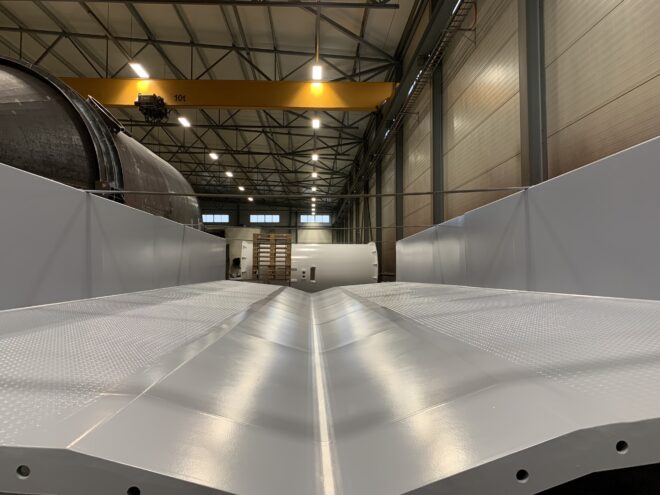
This ratio is important to keep in mind in terms of how the steel alloy in question would be used in the future – with the balance being the highest priority. For example, if the carbon concentration is low, then the material in question would be easier to weld – but harder to work with as a whole.
As for the additional materials that can be added to the alloy, one of the more common ones is manganese – used to improve the material’s machinability, so that it can be easier to deform without splitting or cracking during the rolling process.
Structural steel manufacturing – Benefits
While there are cases when incorporating structural steel into specific projects is a complicated task, there are also many advantages that structural steel manufacturing can provide in many different fields. Here are some examples of these advantages:
- Prefabrication. The amount of work done on-site is greatly reduced when it comes to structural steel, since steel structures in the construction field often come prefabricated, reducing the amount of time needed for the assembly after the delivery.
- Visuals. Steel provides a good contrast in terms of visuals alone, as well. One of the most obvious examples here would be the construction industry – steel stands out a lot when compared with concrete or some other material.
- Performance. Structural steel is much more durable than a lot of other metal types, while weighing several times less.
- Price. When compared with similar options in the same field, steel is also cheaper in comparison, offering more value for a number of industries.
- Longevity. Steel as a structural material is also far more durable and requires less maintenance in comparison – even though it still has its weaknesses, such as corrosion and relatively low resistance to intense heat as a whole.
- Malleability. Since welding techniques are constantly evolving, and the steel itself is rather malleable, it is easy to customize specific structural steel parts to the demands of the buyer. Additionally, it is even possible to add more properties to the steel itself, since it is an alloy in the first place.
- Environmental effect. In most cases, steel can be recycled and reused with a relative ease, which makes it an environmentally friendly material.
Of course, the list is not complete, but it paints a clear picture of how useful structural steel manufacturing is, from several different standpoints.

Structural steel manufacturing – Applications
While the most obvious purpose of structural steel is a major part of its use cases, it’s not all of it – there are multiple different categories of industries that are also benefiting greatly from the appliance of structural steel as a whole.
For example, shipbuilding relies heavily on structural steel manufacturing when it comes to supertankers, recreational boats, ferries, etc. Automotive industry, on the other hand, uses steel to produce both the engines themselves, as well as most of the safety features for said engines.
There’s also the mining industry, which produces a massive part of their appliances using structural steel manufacturing – be it pipes, rods, fittings, rails, beams, or anything similar. Energy industry is also up there when it comes to structural steel manufacturing, ordering oil platforms, wind turbines, transmission towers, pipelines, and so on.
Even the aerospace industry benefits greatly from structural steel manufacturing, creating all kinds of aircraft parts with steel alloys. And, of course, we cannot forget about the manufacturing industry, providing appliances such as steel ladders, steel handrails, platforms, industrial stairs, and so much more than that.
Structural steel manufacturing – Stages
The majority of operations performed in the process of structural steel manufacturing can be separated into three different groups – cutting, bending and welding. Structural steel manufacturing as a process is not just welding, either – it is a much broader term, covering the entire complicated process of transforming steel in the form of a raw material into specific products that meets both standards and expectations.
The very first stage of structural steel manufacturing is cutting, which is a process of separating parts of the original steel piece to reach a desired shape. It can be done using multiple different tools, be it plasma cutting, laser cutting, water jet cutting, and so on. Since it is an extremely dangerous process, it must be done with all of the precautions possible, in a closed-off manufacturing facility.
The next stage of this process is bending, performed on steel pieces that have been cut to specific sizes already. Bending is a process of changing a material’s shape to a desired one using either manual labor or specific machinery – the choice between the two mostly depends on the amount of work that needs to be done.
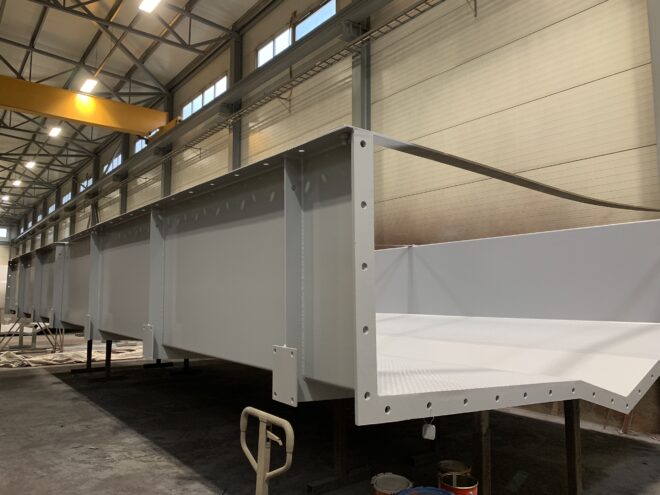
The third, and final, step of the structural steel manufacturing process is welding – combining multiple different steel parts into a single piece using the application of extreme heat to weld the pieces together. While it is possible to combine steel pieces using other methods – either with rivet construction or using adhesives – welding is still the preferred method due to a number of advantages that it can offer.
Welding is the sole reason for a lot of structural steel parts to be used in the first place, since it allows for various high-pressure applications (I-beams, columns, etc.) in construction. Welding is also used for the creation of a strong foundation, allows to create much more complex steel pieces as a whole, and is more cost-effective to perform when compared with other connection types.
Conclusion
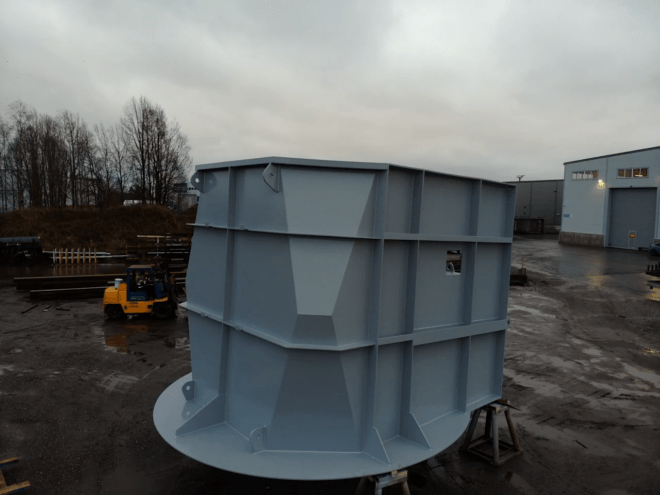
Structural steel manufacturing is not a particularly complex process by metalworking standards – and yet it has a lot of nuances, stages and applications. In this article, we tried covering the basics of structural steel manufacturing – where it can be applied, how it is done, and why it is so widespread in many industries. We’ve also managed to cover the process of creating the material itself, as well as a short history of how we came to use steel in so many appliances in the first place.





